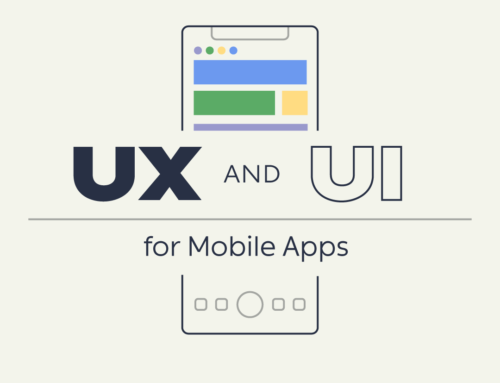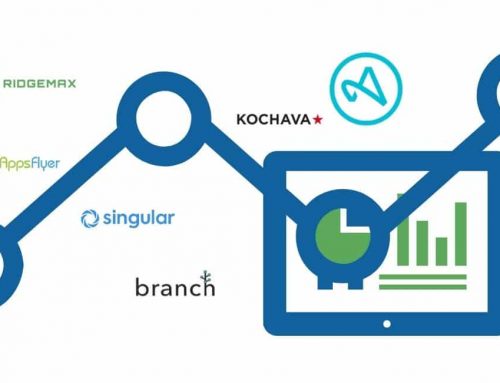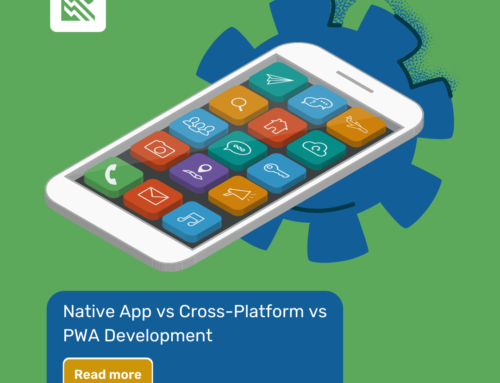WHY DOES IT MATTER?
Having an app that solves your users’ problems is one of the most effective ways to demonstrate the customer-centric approach. But, how will you attract them to try it? A value proposition is not the only, but very important part of marketing activities that will help you convince users to give it a go.
A value proposition is a keystone in developing a powerful marketing strategy and moving your team in the right direction. While value propositions come in various forms, a basic formula includes four things:
- A headline
- A sub-headline
- A list of key benefits
- An image
The purpose of having a value proposition is to showcase the benefits your app promises to deliver to users. To make sure you have a clear picture of it, let’s clarify what is NOT a value proposition:
- Claims relating to your previous achievements
- Product- focused statement
- A set of technical or jargon words
- Mission Statement
- Slogans
So, if the value proposition is none of the above, then how do we know what it is or how to create it?
Before you create a value proposition for your application, get to know your users
Before we dive into proposition statement creation, you need to put yourself in your users’ shoes and answer the following questions:
- What issues do your users suffer?
- How does your app solve the pain point?
- What kind of solutions do competitors provide?
Writing a compelling value proposition requires knowing what problems your users face which your app is going to solve better than your competitors do.
Try to use sections. A visual presentation is a very effective way to see a “bigger picture” of work. The canvas below contains questions and sections that take users into thinking through the end-customer experience. On the link above, you can find more useful templates.

With feedback, you can be sure your app’s value proposition will excel.
The next step is to find a way to present it in a few sentences, which will appear on the app’s landing page and across app stores. According to a report on current, average outreach results, only 2 out of 10 people are likely to read to read the complete text on a web page. For this reason, a value proposition strategy must be created and implemented.
Below are 5 templates that were created by some of the industry experts. Using them based on your strategy will be useful for creating a value proposition that works.
1. Geof Moore’s Value proposition statement
In Geoff Moore’s seminal book, Crossing the Chasm, he suggests the following template for writing your value proposition.
For______________ (buyer persona)
Who ______________ (need)
Our app ______________(product category)
That______________ (benefits)
2. Steve Blank’s XYZ
Probably the simplest value proposition template, but not less effective. The template looks like this:
We help______________ (X – target user)
Do ______________ (Y – need)
Doing______________ (Z – Primary benefit)
3. Vlaskovits & Cooper’s Customer-Problem-Solution
This template can be found in Entrepreneur’s Guide to Customer Development, written by noted authors Cooper and Vlaskovits term the “Customer – Problem – Solution” approach to help define what a business does from the perspective of a customer and solving their key problem.
Customer:______________ (who your customer is).
Problem:______________(what problem you’re solving for the customer).
Solution: ______________ (what is your solution for the problem).
4. Dave McClure’s Elevator Ride
Short, simple, memorable; what, how, why.
3 keywords or phrases
KISS (keep it simple – no expert jargon)
5. VAD – by Gay Kawasaki
Gay Kawasaki developed the VAD template which he used for startups he worked with.
VAD is the abbreviation for the verb – application – differentiator.
App Value Proposition Examples Done Right
Uber
Uber Driver Value Proposition:
Make more money. Drive riders or make deliveries. Signing up is easy.
Target audience: People who are looking for a job as a driver
Problem-solving: Make more money by using the app
Benefits: Sign up process is easy
Runtastic Running App
Value Proposition:
Your fitness coach for running & marathon training. Track your workouts today.
Target audience: Runners, both professionals and amateurs, who prefer to work-out independently
Pain-point: Track progress effectively and get the right course for improvement
Benefit: Replaces a fitness trainer by providing users with the same quality results + clear Call to action
DuckDuckGo Privacy browser
Value Proposition:
Privacy, simplified. Protect your data as you search and browse the web.
Target audience: Broad audience, that takes care of their own privacy
Pain-point: Personal information that might be used across the internet
Benefit: Offers a direct solution to the security of private data
What makes the clear difference between slogan and value proposition is the information contained in each. Slogan can be only a “catchy phrase”, call to action written in a creative way. A value proposition needs to make obvious why your app is better than the others.
Conclusion
Writing a value proposition is necessary and not an easy job. Start with the problem you want to solve and the audience for whom you are solving it. You don’t want to make another “me too” app, otherwise, you’ll find yourself stuck in the app market, failing to present its real values, and eventually, lose the potential customers. While the whole process requires serious attention to research, A/B testing, time and money, it also benefits by acquiring a vast amount of loyal customers and brand recognition over your competition.





